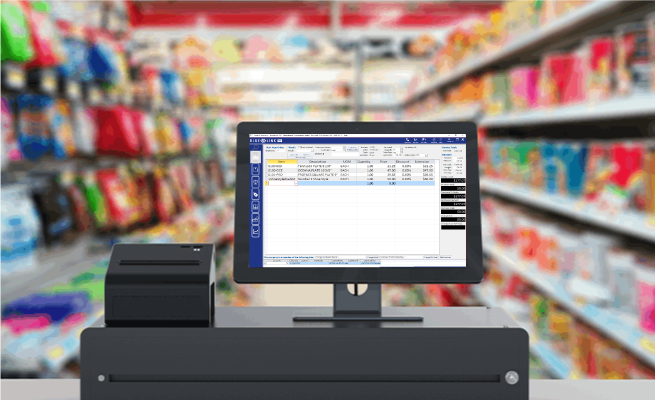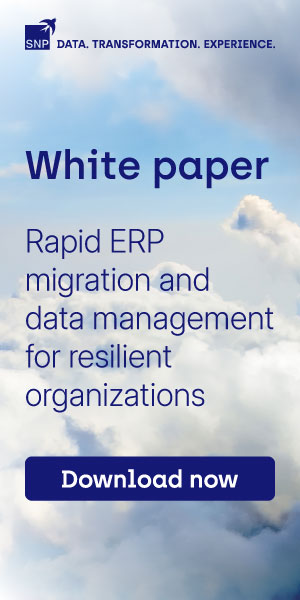Successfully modernizing a massive, business-critical SAP environment presents a significant challenge. For large enterprises, especially, the risks associated with data volume, system complexity, and potential operational disruption are immense.
However, a strategic, data-driven approach can pave the way for a smooth transition, as demonstrated by the recent SAP S/4HANA upgrade at Salling Group, Denmark’s largest retailing group.
The Transformation Project
The project was initially a brownfield 1:1 conversion from the company’s old SAP ECC system without adding new functions. Still, it was an enormous task. Moreover, the existing ERP system was extensive, adding to the challenge of a smooth migration to SAP S/4HANA.
The core of this hurdle was the sheer volume of data. Salling Group was running a single, centralized instance of SAP ECC that served as a source of business and financial truth for the entire organization. Containing 60 TB of compressed data, the sheer volume of data made processing large tables a significant obstacle in the company’s migration journey.
A Bluefield Approach
To navigate this complexity, the retailer worked with SAP implementation partner SNP to determine the best migration strategy. Together, they selected SNP’s Bluefield approach, a methodology that is specifically designed to handle large, intricate systems by bringing forward existing structures with select data. This software-based approach was instrumental in successfully managing the technical demands of the migration.
The results of this partnership were substantial. By using the Bluefield method, the new SAP S/4HANA database was reduced to only 32 TB, a nearly 50% reduction from the original system. Moreover, the new system now manages 33 billion financial documents, showcasing the project’s massive scale.
Most critically, the go-live was remarkably smooth, with Salling Group’s business operations interrupted for only 51 hours. This success has positioned the retailer for its next strategic move: a SAP Cloud ERP Private implementation, which involves a transition to the Microsoft Azure cloud.
What This Means for ERP Insiders
Salling Group’s successful SAP S/4HANA migration offers valuable lessons for organizations planning a large-scale SAP transformation. Here are the key strategic takeaways:
- Select the right migration approach for high data volumes. The company’s project was a 1:1 conversion, but the large data volume presented a significant challenge. This specific hurdle led Salling Group to partner with SNP and choose the latter’s Bluefield approach. The method proved highly effective, reducing the database size from 60 TB to 32 TB. The successful migration of transactional history was demonstrated by the 33 billion financial documents generated in the new SAP S/4HANA system. For SAPinsiders, this indicates that a selective data transition can provide options for a more efficient approach with reduced risk for customers with large and complex ERP environments.
- A centralized system strategy simplifies transformation. The retailer’s long-standing strategy of using a centralized ERP system was a key success factor. Since switching from an old IBM system to SAP in 2008, the company has managed its IT from a central position in Denmark, establishing a master data set that serves as a single source of truth for the entire company. This centralized governance model not only streamlined the SAP S/4HANA project but also provides significant business agility, such as its ability to integrate new acquisitions rapidly.
- Thorough planning minimizes business disruption. A smooth go-live highlighted the project’s success. The planning was further assisted by the company’s own enhanced SAP Forecasting and Replenishment solution. The transition was so well-executed that after the system went live, the only major task remaining was to perform some table partitioning, after which everything was set. This proves that a specialized technical strategy, combined with a robust business continuity plan, is critical for minimizing downtime.






